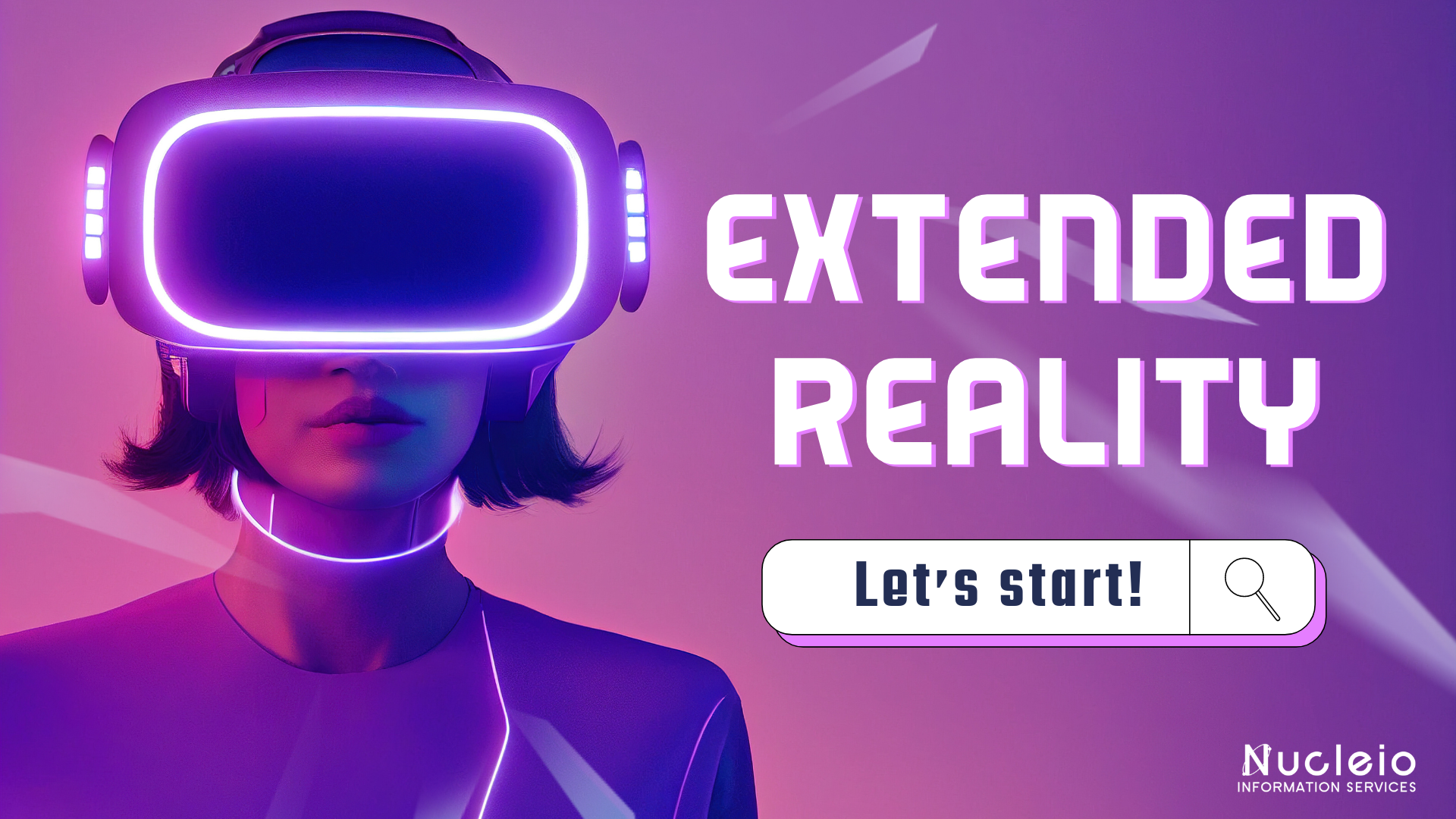Extended Reality (XR), encompassing Virtual Reality (VR), Augmented Reality (AR), and Mixed Reality (MR), is revolutionizing the way we interact with digital and physical environments. These technologies offer new possibilities in entertainment, education, healthcare, and beyond. Let’s explore the current state of XR, its applications, and what the future holds.
Understanding Extended Reality
Extended Reality (XR) refers to all real-and-virtual combined environments and human-machine interactions generated by computer technology and wearables. It includes:
- Virtual Reality (VR): Immersive environments that completely replace the physical world. Users wear headsets that block out the real world and provide a 360-degree virtual experience.
- Augmented Reality (AR): Overlays digital information on the real world. This is often achieved through smartphones, tablets, or AR glasses. Examples include Pokémon GO and Google AR maps.
- Mixed Reality (MR): Blends physical and digital worlds so that they can interact in real time. MR requires advanced sensing and imaging technologies, like Microsoft’s HoloLens.
Current Applications of XR
XR technologies are no longer just futuristic concepts; they are being applied across various fields with significant impact:
1. Entertainment and Gaming
The gaming industry was one of the earliest adopters of XR, with VR providing immersive experiences that transport players to entirely new worlds. Games like “Beat Saber” and “Half-Life: Alyx” have showcased the potential of VR in creating engaging and interactive experiences. AR, too, has made its mark with games like “Pokémon GO” that blend the virtual and real worlds seamlessly.
2. Education and Training
XR is transforming education by making learning more interactive and engaging. VR can simulate historical events, allowing students to “experience” history rather than just read about it. AR can bring textbooks to life by overlaying additional information and 3D models onto printed pages. In professional training, VR and MR are used to simulate real-world scenarios, providing hands-on experience without the associated risks. Medical students, for example, can practice surgeries in a virtual environment.
3. Healthcare
In healthcare, XR technologies are improving patient outcomes and streamlining medical procedures. Surgeons use AR to view detailed 3D images of organs during operations, enhancing precision. VR is employed in therapy for conditions such as PTSD, where patients confront and manage their fears in controlled virtual environments. Additionally, XR is used for pain management, with VR experiences helping to distract patients during painful procedures.
4. Retail and E-commerce
Retailers are leveraging XR to enhance the shopping experience. AR allows customers to try on clothes virtually or see how furniture would look in their homes before making a purchase. This not only improves customer satisfaction but also reduces return rates. VR can create virtual showrooms where customers can explore products in an immersive setting without leaving their homes.
The Future of XR
The future of XR is incredibly promising, with several trends indicating continued growth and innovation:
1. Improved Hardware
Advancements in XR hardware, including lighter and more comfortable headsets, improved sensors, and better display technologies, will make XR experiences more accessible and enjoyable. Companies like Oculus, HTC, and Apple are at the forefront of developing next-generation XR devices.
2. Enhanced Software and Content
The development of more sophisticated software and content will drive the adoption of XR. Improved graphics, more realistic simulations, and interactive storytelling will make XR applications more compelling. The rise of AI and machine learning will also play a significant role in enhancing XR experiences by enabling more natural interactions and adaptive environments.
3. Integration with Other Technologies
XR will increasingly integrate with other emerging technologies such as 5G, the Internet of Things (IoT), and blockchain. 5G will provide the high-speed, low-latency connections needed for seamless XR experiences. IoT will enable more interconnected and responsive environments, while blockchain can ensure secure and transparent transactions in virtual economies.
Conclusion
Extended Reality is not just a buzzword; it represents a significant shift in how we interact with technology and the world around us. From entertainment and education to healthcare and retail, XR is creating new opportunities and transforming industries. As technology continues to evolve, the boundaries between the real and virtual worlds will blur even further, opening up exciting possibilities for innovation and creativity.

